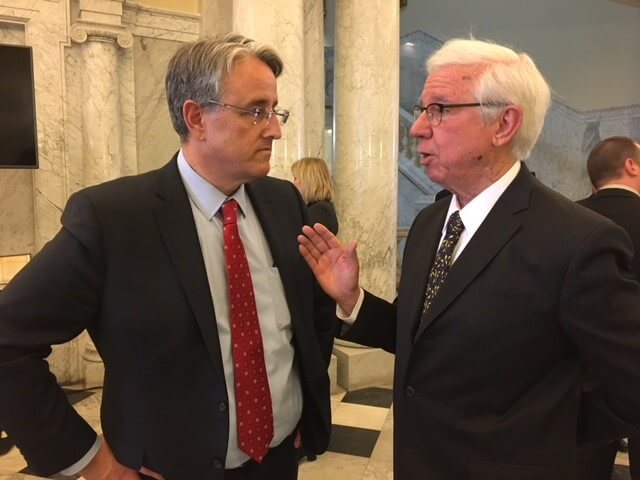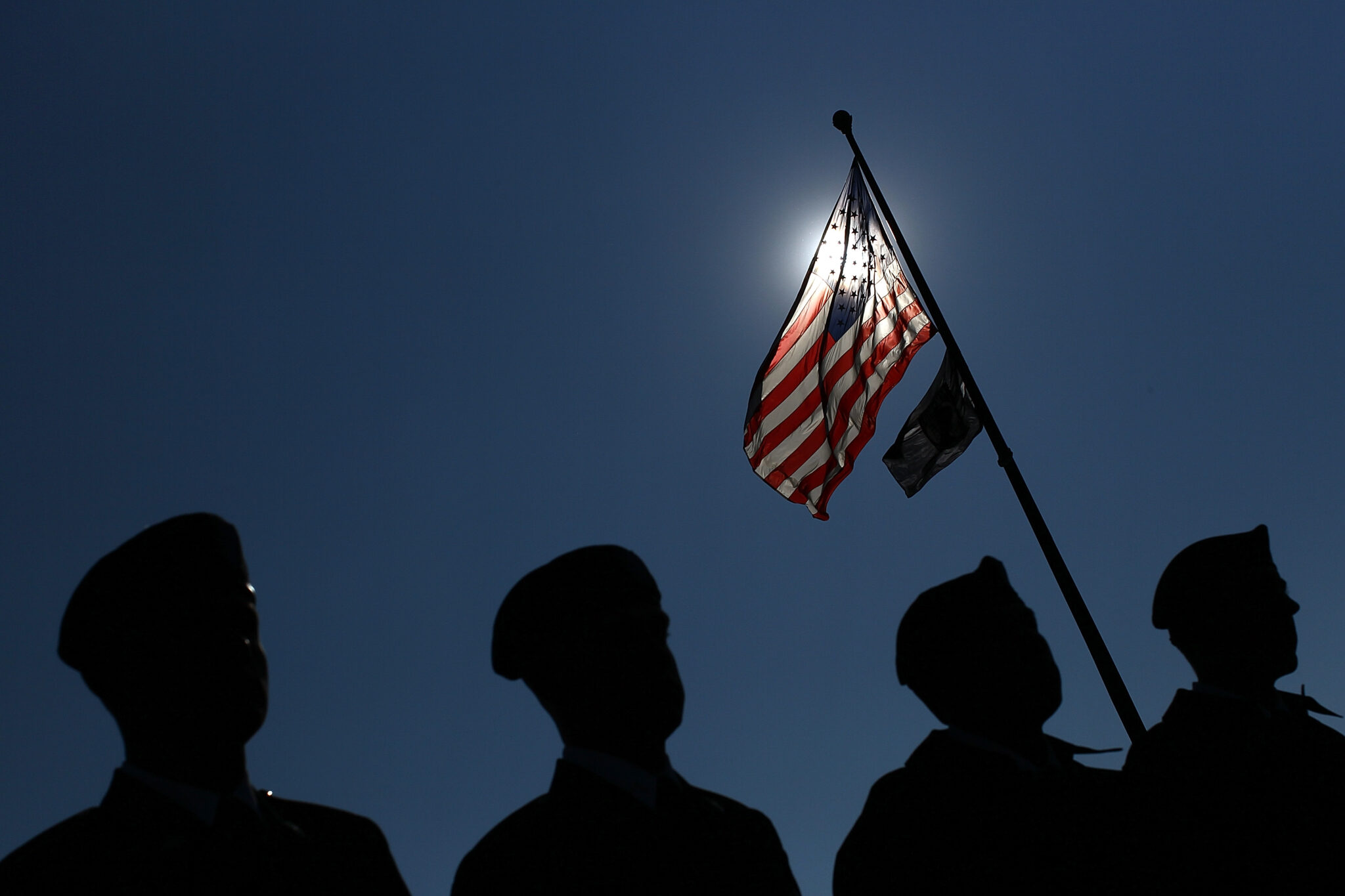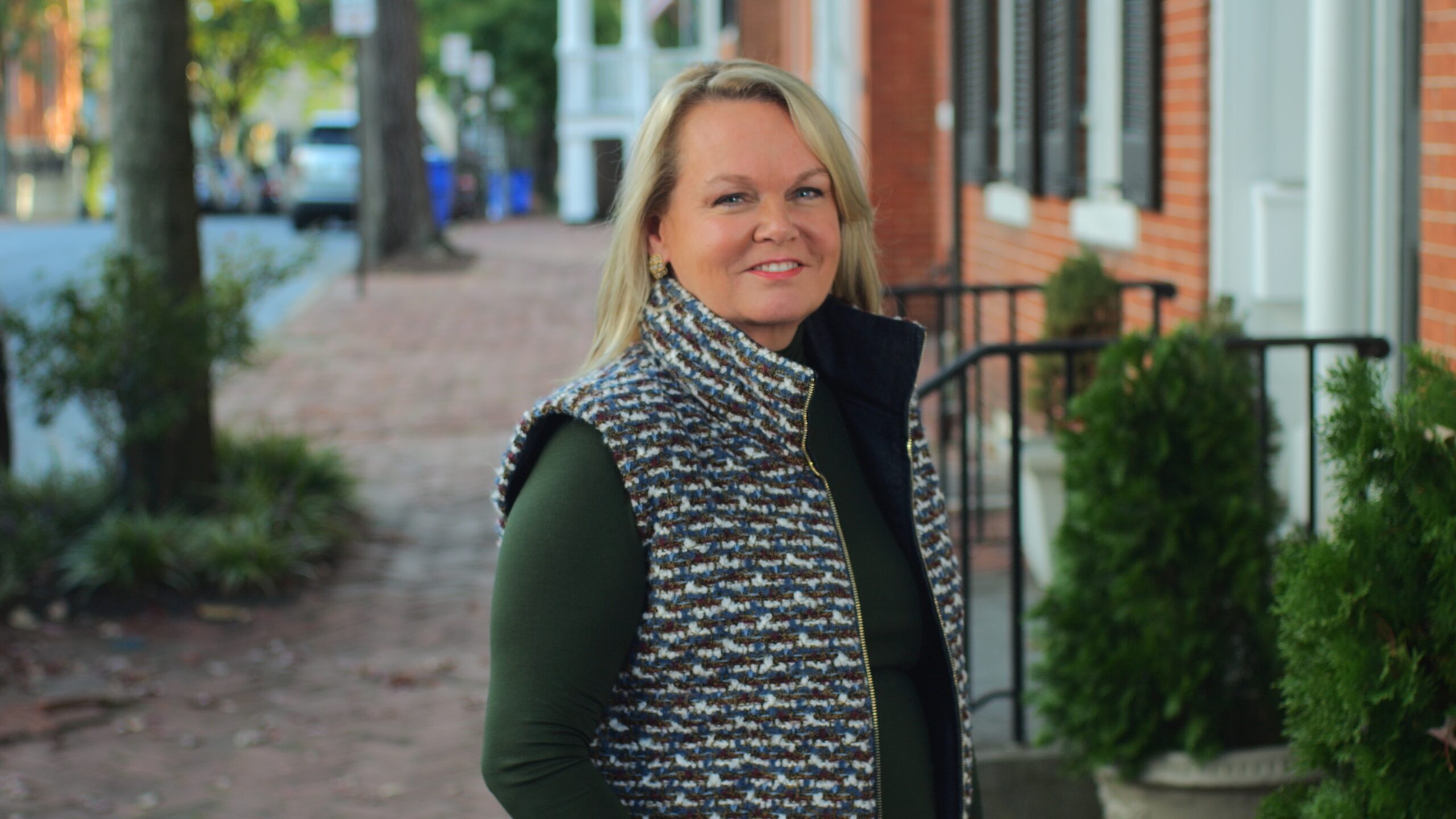
The goal in any election is to get 50% of the vote plus one — or, in a multi-candidate field, to get one more vote than everybody else.
So as we contemplate the 2022 Democratic primary for governor, where will the vote come from and how much does a candidate need to become the nominee?
The answer to the second question obviously depends on the size of field. Right now, it remains a lopsided two-person race between Comptroller Peter V.R. Franchot, with his 15 years in statewide office and 35 years as an elected official, against Ashwani Jain, a former Obama administration official who hasn’t even been on earth as long as Franchot has been in public office.
But the field of course is going to grow — and probably soon. So let’s talk about the candidates, official and potential, and see where their vote might come from.
It’s always nice to have a political base in a statewide contest. That’s an advantage for Baltimore County Executive John A. Olszewski Jr., who is contemplating a run for governor.
In fact, of all the potential Democratic candidates, assuming as we do that Prince George’s County Executive Angela D. Alsobrooks isn’t planning to run, Olszewski may be the only candidate with a real geographic base. Add to that the fact that he is the only potential Democratic candidate for governor on Baltimore TV regularly, and Johnny O’s geographic base looks even more formidable.
But how secure is that base, really? Olszewski got just a third of the vote in the 2018 Democratic primary for county executive, and while he would probably be a lock if he ran for re-election next year, there are certainly some Democratic voters at home who would oppose him in a gubernatorial primary — either because he raised taxes or for other policies they don’t like, or because some might just prefer another candidate.
Remember, in the 2018 Democratic primary for governor, then-Prince George’s County executive Rushern L. Baker III took just 49.9% of the vote in his home county in a race with nine candidates on the ballot. That’s a cautionary tale for Johnny O.
And let’s not forget about the appeal in Baltimore of Wes Moore, the author and anti-poverty activist, if he runs for governor, which is looking increasingly likely.
Moving to the other population center of the state, a lot of Democrats look at the field of announced and potential Democratic candidates for governor and see an awful lot of people from Montgomery County. True enough.
But while Franchot lays his head on a pillow in Montgomery County every night and represented the county’s most liberal legislative district for 20 years in the House of Delegates, he may not enjoy any kind of home field advantage. Until recently, Franchot as comptroller has marked out territory as a moderate with statewide appeal, geared to the swing voters of Dundalk and Cambridge who love Gov. Lawrence J. Hogan Jr. (R) more than the wild-eyed lefties of Takoma Park and Silver Spring.
Similarly, former state attorney general Douglas F. Gansler, who seems compelled to run for governor a second time, is a Montgomery County guy. But Montgomery County is an increasingly diverse place, and Gansler seems to fit in only a part of it. Yes, Gansler has eight years of statewide connections, from his time as AG and his frequent appearances on the state’s Democratic rubber chicken circuit. But where is his base?
And what if U.S. Rep. David J. Trone runs for governor? He’s also a white guy from Montgomery County, though in an economic and social stratosphere all his own. If he ran, he wouldn’t rely on a geographic base so much as his ability to self-fund — which becomes a significant factor in and of itself.
Jon Baron, the former Clinton administration official and policy analyst who is exploring a run for governor, also comes from Montgomery County.
And there are two other potential candidates from Montgomery County. But beyond geography they seem to have several similarities that could cancel each other out.
Former Democratic National Committee chairman Tom Perez and former U.S. Education secretary John B. King Jr. are both progressive former Obama cabinet secretaries of color who live a couple of miles from each other — ironically, in Franchot’s old legislative district. Both travel in the same political circles and have many of the same national contacts. Do they have to come to some kind of agreement or risk canceling each other out in a Democratic primary?
On top of that, Jain is a former Obama administration official of color who lives in Montgomery County — albeit one who held a much lower profile position than Perez or King.
It is inconceivable that there won’t be a strong Black candidate in the race.
If Moore is the only significant candidate of color, he should get a substantial amount of the minority vote in the primary and would give Olszewski a run for his money in Baltimore, and could have broad statewide appeal — even though there are always risks with a novice candidate. But with King and Perez taking a look at the race, along with U.S. Rep. Anthony G. Brown, there could be no shortage of candidates of color for voters to choose from.
Here’s another potentially important segment of the Democratic electorate: organized labor. If Perez, a former U.S. and Maryland Labor secretary, is able to line up a significant portion of union support in the primary, that’s significant.
But Johnny O is a former teacher, and is personally close to the president of the Maryland State Education Association, Cheryl Bost, who is a teacher in Baltimore County. Does that give him an advantage in lining up the teachers’ endorsement? Franchot has already won the endorsement of the Laborers International Union of North America, a construction trades union that is eager to see if the comptroller votes for the interstate widening proposals that will come before the Board of Public Works soon.
We’ve had three competitive Democratic primaries for governor in the past 28 years. In 2018, Benjamin T. Jealous won the nine-candidate race with 40% of the vote. In 2014, Brown won 51% in a three-way race. And in 1994, Parris N. Glendening won 54% of the vote in what was essentially a four-way race (Glendening, the Prince George’s County executive at the time, won about 70% of the primary vote on his home turf).
It’s way too early to know for sure who will be at the starting gate when the filing deadline for governor finally rolls around in February 2022. But it’s not too early to start thinking about how the numbers add up. They’ll have to add up for somebody — the question is how, and for whom?
And once again, we look at this field and wonder: How is it possible that a woman of substance and character isn’t gearing up to seek the Democratic nomination for governor?




 Creative Commons Attribution
Creative Commons Attribution